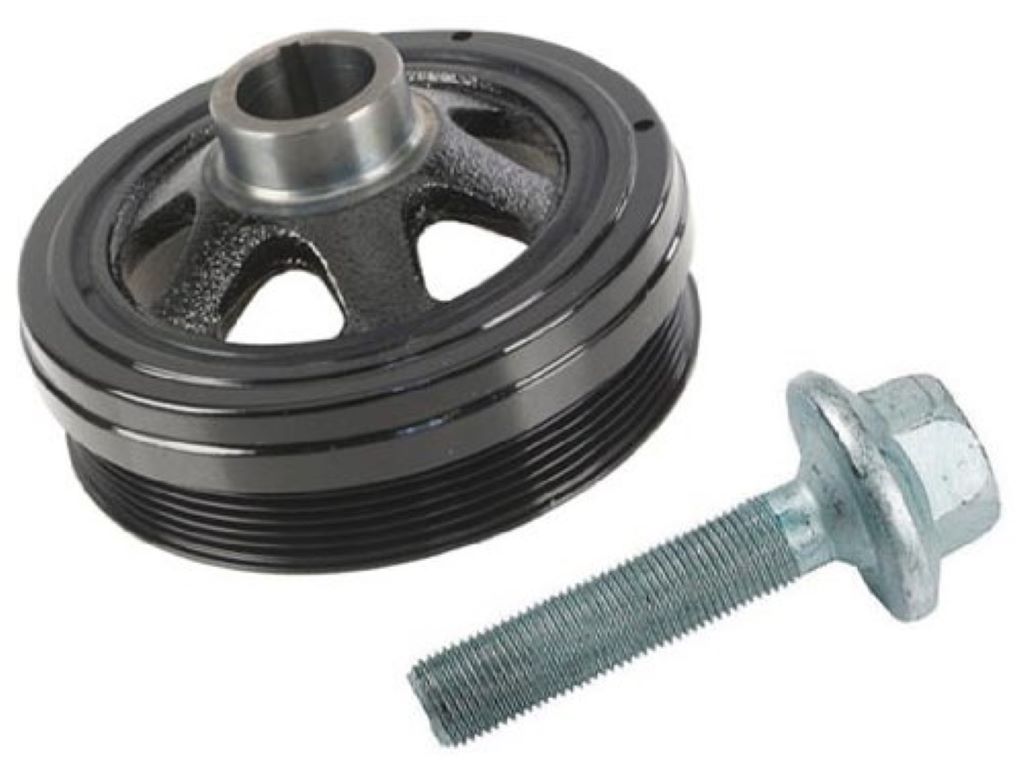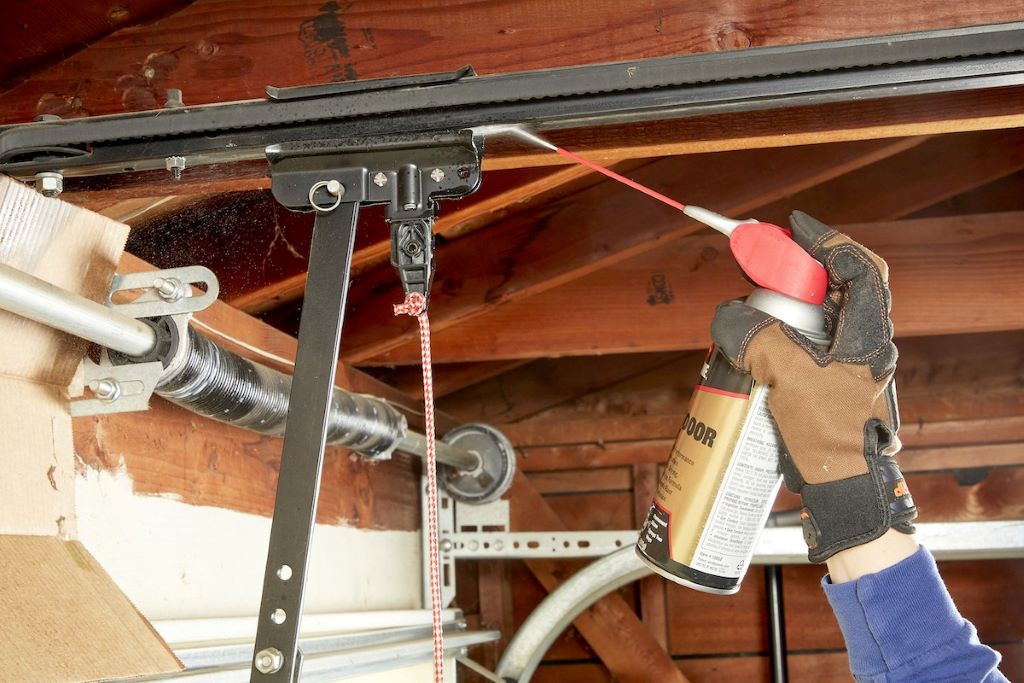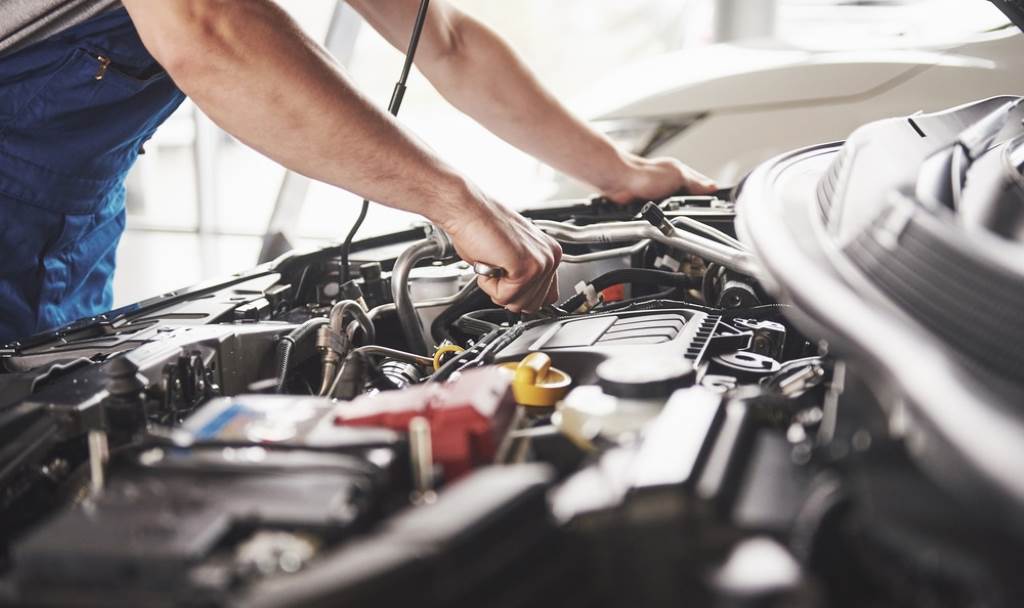Have you ever wondered what makes your car’s engine run smoothly and efficiently? Well, it’s a complex piece of machinery with many moving parts, but one critical component that often goes unnoticed is the crankshaft pulley bolt. This little bolt plays a big role in the operation of your engine, and if it’s not properly tightened, it can lead to some serious problems down the road.
In this guide, we’ll walk you through the process of tightening a crankshaft pulley bolt, step by step. Whether you’re a seasoned DIY enthusiast or just someone looking to save some money on car maintenance, this guide is for you. So, grab your tools, put on your mechanic hat, and let’s get started!

Understand the Mechanism of Crankshaft Pulley Bolt
Before we dive into the nitty-gritty of tightening the crankshaft pulley bolt, let’s take a moment to understand what this little bolt does and why it’s so important.
Imagine your car’s engine as a finely tuned orchestra, with each component playing its own unique role in producing the harmonious sound of a well-running engine. The crankshaft pulley bolt is like the conductor of this orchestra, ensuring that all the components work together seamlessly.
The crankshaft pulley bolt connects the crankshaft pulley, which is attached to the crankshaft, to the harmonic balancer. The harmonic balancer is responsible for reducing vibrations in the engine, making it run smoother. It also drives various accessories like the alternator, power steering pump, and air conditioning compressor.
If the crankshaft pulley bolt is loose or improperly tightened, it can lead to a host of issues, including:
- Engine Misalignment: A loose bolt can cause the crankshaft pulley to become misaligned, which can result in poor engine performance and excessive wear on various components.
- Belt Slippage: When the bolt isn’t tight enough, the belt that drives accessories may slip, leading to a loss of power steering, charging, and cooling.
- Engine Damage: In extreme cases, a loose bolt can cause catastrophic engine damage, as it may allow the crankshaft pulley to wobble, damaging the surrounding components.
Now that you understand the importance of the crankshaft pulley bolt, let’s move on to the steps to tighten it properly.
Gather the Necessary Tools and Materials
Before you can begin the process of tightening the crankshaft pulley bolt, you’ll need to gather some essential tools and materials. Here’s a list of what you’ll need:
- Safety Gear: Safety should always come first. Wear safety glasses and gloves to protect your eyes and hands during the process.
- Jack and Jack Stands: To safely lift and support your vehicle, you’ll need a jack and jack stands.
- Socket Set: A socket set with a variety of socket sizes, including the one that fits your crankshaft pulley bolt.
- Ratchet: A ratchet that fits your socket set for applying torque.
- Torque Wrench: A torque wrench is essential for ensuring that the bolt is tightened to the manufacturer’s specifications.
- Breaker Bar: This long-handled tool provides extra leverage when loosening or tightening bolts.
- Penetrating Oil: If the bolt is rusty or difficult to turn, penetrating oil can help loosen it.
- Owner’s Manual: Your vehicle’s owner’s manual contains important information, including the recommended torque specifications for the crankshaft pulley bolt. Make sure to consult it.
Now that you’ve got your tools and materials ready, let’s move on to the step-by-step process of tightening the crankshaft pulley bolt.
Preparing Your Vehicle
Before you can access the crankshaft pulley bolt, you’ll need to prepare your vehicle. Here’s what you should do:
- Park on a Level Surface: Make sure your car is parked on a level surface and the parking brake is engaged. Safety first!
- Disconnect the Battery: To prevent any accidental starts, disconnect the negative terminal of the battery.
- Raise the Front of the Vehicle: Use a jack to lift the front of your vehicle off the ground and secure it with jack stands for added safety.
- Remove the Wheel: Depending on your vehicle’s make and model, you may need to remove the wheel to access the crankshaft pulley. Use the appropriate socket and ratchet to do so.
Locating the Crankshaft Pulley Bolt
Now that your vehicle is prepared, it’s time to locate the crankshaft pulley bolt. This bolt is typically located at the front of the engine, near the bottom. Here’s how to find it:
- Locate the Crankshaft Pulley: Look for a large pulley at the front of the engine. This is the crankshaft pulley, and the bolt we’re after is usually at the center of it.
- Inspect for Accessories: In some vehicles, there may be accessories or covers that need to be removed to access the crankshaft pulley bolt. Check for any obstructions and remove them as necessary.

Loosening the Crankshaft Pulley Bolt
Now comes the challenging part—loosening the crankshaft pulley bolt. This bolt is often torqued to a high specification, so it can be quite stubborn. Here’s how to do it:
- Use a Breaker Bar: Attach your socket to the breaker bar and fit it onto the crankshaft pulley bolt. A breaker bar provides extra leverage for loosening tight bolts.
- Apply Steady Force: With one hand on the breaker bar and the other on the vehicle’s frame for support, apply steady and controlled force in the counterclockwise direction. Be patient; it may take some effort to break the bolt loose.
- Consider Penetrating Oil: If the bolt is particularly stubborn, you can spray penetrating oil on it and let it sit for a while. This can help loosen any rust or corrosion that may be causing resistance.
- Turn Slowly: Once the bolt starts to move, turn it slowly and steadily until it’s fully loosened. Be cautious not to strip the threads or damage the bolt.
Inspecting the Crankshaft Pulley and Bolt
With the crankshaft pulley bolt loosened, it’s a good time to inspect both the bolt and the pulley itself for any signs of damage, wear, or corrosion. Look out for the following:
- Bolt Condition: Check the condition of the bolt threads. If they are damaged or corroded, it’s advisable to replace the bolt.
- Pulley Condition: Inspect the crankshaft pulley for any cracks, warping, or signs of wear. If it appears damaged, it may also need replacement.
Cleaning and Lubricating
Before you tighten the crankshaft pulley bolt back up, it’s a good practice to clean and lubricate the threads. This ensures that the bolt can be properly torqued without any interference from dirt or debris. Here’s what you should do:
- Clean the Threads: Use a clean rag or a wire brush to remove any dirt, rust, or debris from the threads of the crankshaft pulley bolt and the corresponding threads in the crankshaft.
- Lubricate the Threads: Apply a small amount of clean engine oil to the threads of the bolt. This helps ensure even torque and reduces the risk of galling (thread damage) during tightening.
Tightening the Crankshaft Pulley Bolt
Now that everything is clean and lubricated, it’s time to tighten the crankshaft pulley bolt. This is a crucial step, as over-tightening or under-tightening can both lead to problems. Here’s how to do it correctly:
- Refer to Your Owner’s Manual: Consult your vehicle’s owner’s manual to find the manufacturer’s recommended torque specification for the crankshaft pulley bolt. This is usually expressed in foot-pounds (ft-lbs) or Newton-meters (Nm).
- Set Your Torque Wrench: Using the appropriate socket and your torque wrench, set it to the recommended torque value as specified in the manual.
- Tighten Gradually: Begin tightening the bolt in a gradual and controlled manner. Use a crisscross or star pattern to ensure even pressure on the pulley. This helps prevent any misalignment.
- Listen for Click: As you apply torque with the torque wrench, listen for the distinctive “click” sound. This indicates that you’ve reached the specified torque value.
- Double-Check: It’s always a good idea to double-check the torque by going over the bolt one more time, following the same pattern. Make sure it’s tightened to the correct specification.
Reassembly
With the crankshaft pulley bolt tightened to the manufacturer’s specifications, it’s time to reassemble any parts or accessories that were removed earlier. Here’s what you should do:
- Reinstall Any Covers or Accessories: If you had to remove any covers or accessories to access the crankshaft pulley, now is the time to put them back in place.
- Reattach the Wheel: If you removed the wheel, carefully reattach it using the appropriate socket and ratchet. Make sure to tighten the lug nuts securely in a star pattern.
Lowering Your Vehicle
Now that everything is back in place, it’s time to lower your vehicle back to the ground safely. Here’s how to do it:
- Remove Jack Stands: Carefully remove the jack stands from under your vehicle.
- Lower the Vehicle: Using the jack, slowly and steadily lower your vehicle until all four wheels are on the ground.
- Remove the Jack: Once your vehicle is securely on the ground, remove the jack and set it aside.
Reconnect the Battery
Before you start your vehicle, don’t forget to reconnect the battery. Here’s how to do it:
- Reconnect the Negative Terminal: Carefully reconnect the negative terminal of the battery. Make sure it’s securely tightened.
Testing Your Vehicle
Now that you’ve tightened the crankshaft pulley bolt and completed the reassembly, it’s time to start your vehicle and give it a test run. Listen for any unusual noises, check the operation of accessories like the power steering and alternator, and make sure everything is running smoothly.
If you notice any issues or strange noises, it’s essential to address them promptly to prevent further damage.
Regular Maintenance
Tightening the crankshaft pulley bolt is not something you’ll need to do frequently. However, it’s essential to stay on top of regular maintenance to ensure your vehicle continues to run smoothly. Here are some tips:
- Check for Looseness: Periodically inspect the crankshaft pulley bolt and surrounding components for signs of loosening or damage.
- Follow the Maintenance Schedule: Consult your vehicle’s owner’s manual for the manufacturer’s recommended maintenance schedule. This will include routine checks for various components.
- Address Any Issues Promptly: If you notice any unusual noises, vibrations, or performance issues with your vehicle, don’t ignore them. Addressing problems early can prevent more extensive and costly repairs down the road.
- Use the Right Tools: When performing maintenance or repairs on your vehicle, always use the right tools and follow proper procedures to ensure safety and effectiveness.
- Consider Professional Help: While many car maintenance tasks can be done by DIY enthusiasts, some complex repairs are best left to professional mechanics. Don’t hesitate to seek professional help when needed.
FAQs
How often should I tighten the crankshaft pulley bolt?
Tightening the crankshaft pulley bolt is not a regular maintenance task. You should only do it if you notice it has become loose or during specific repairs that require access to the bolt. Follow your vehicle’s maintenance schedule and consult your owner’s manual for guidance.
Can I use a regular wrench to tighten the crankshaft pulley bolt?
It’s highly recommended to use a torque wrench when tightening the crankshaft pulley bolt. Using a regular wrench may result in over-tightening or under-tightening, both of which can lead to issues. A torque wrench allows you to achieve the precise torque specified by the manufacturer.
What are the signs of a loose crankshaft pulley bolt?
Signs of a loose crankshaft pulley bolt can include unusual noises from the engine, vibrations, loss of power steering, or difficulty charging the battery. If you experience any of these symptoms, it’s essential to check the bolt’s tightness.
Is it safe to drive with a loose crankshaft pulley bolt?
It is not safe to drive with a loose crankshaft pulley bolt. A loose bolt can lead to engine misalignment, belt slippage, and even engine damage. If you suspect that the bolt is loose, it’s best to address the issue before driving your vehicle.
Can I over-tighten the crankshaft pulley bolt?
Yes, over-tightening the crankshaft pulley bolt can be just as problematic as under-tightening it. It can damage the bolt, the pulley, or other engine components. Always follow the manufacturer’s recommended torque specifications to avoid over-tightening.





